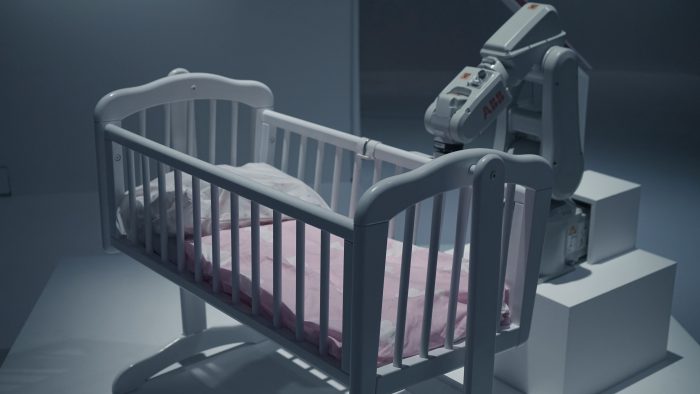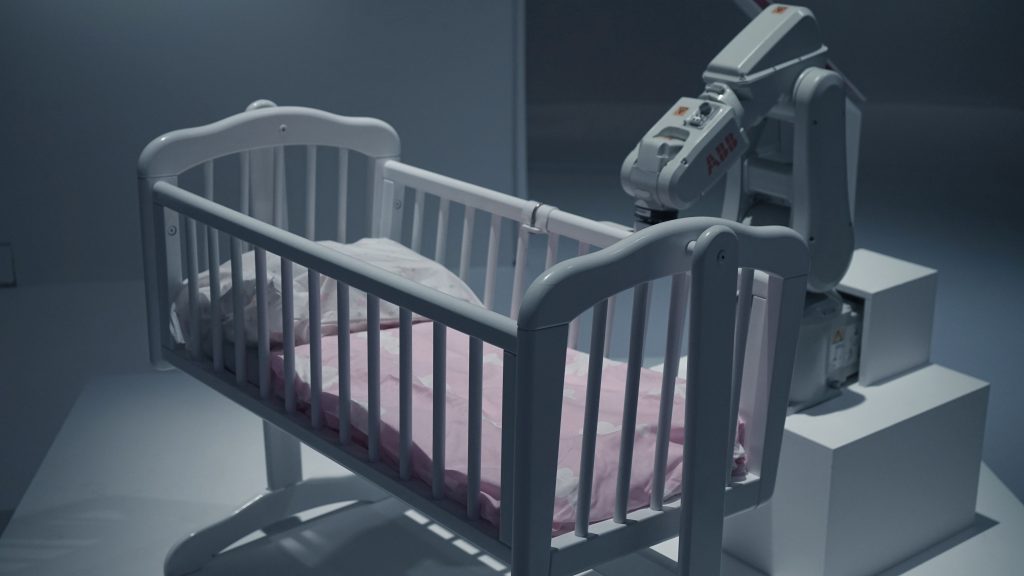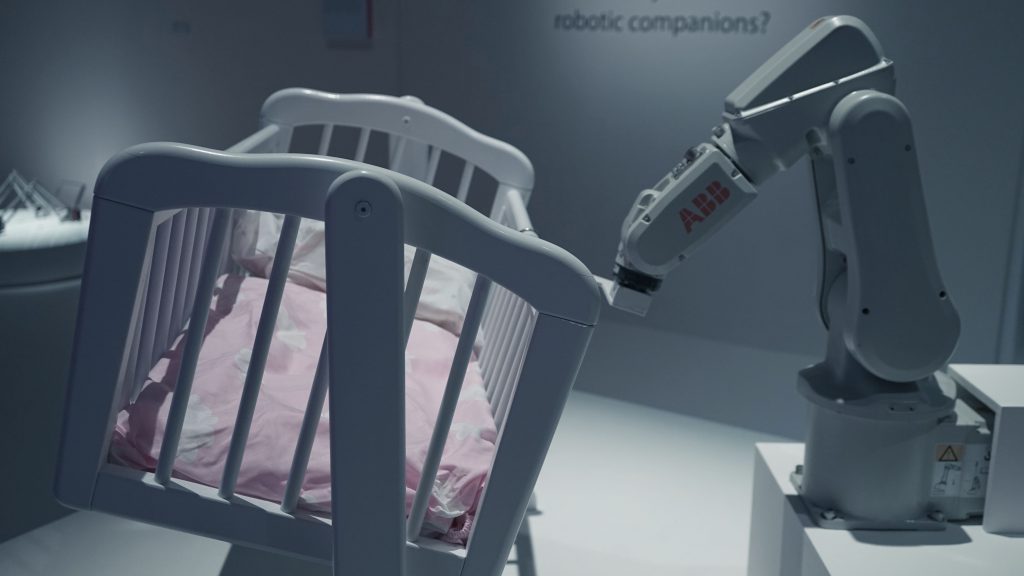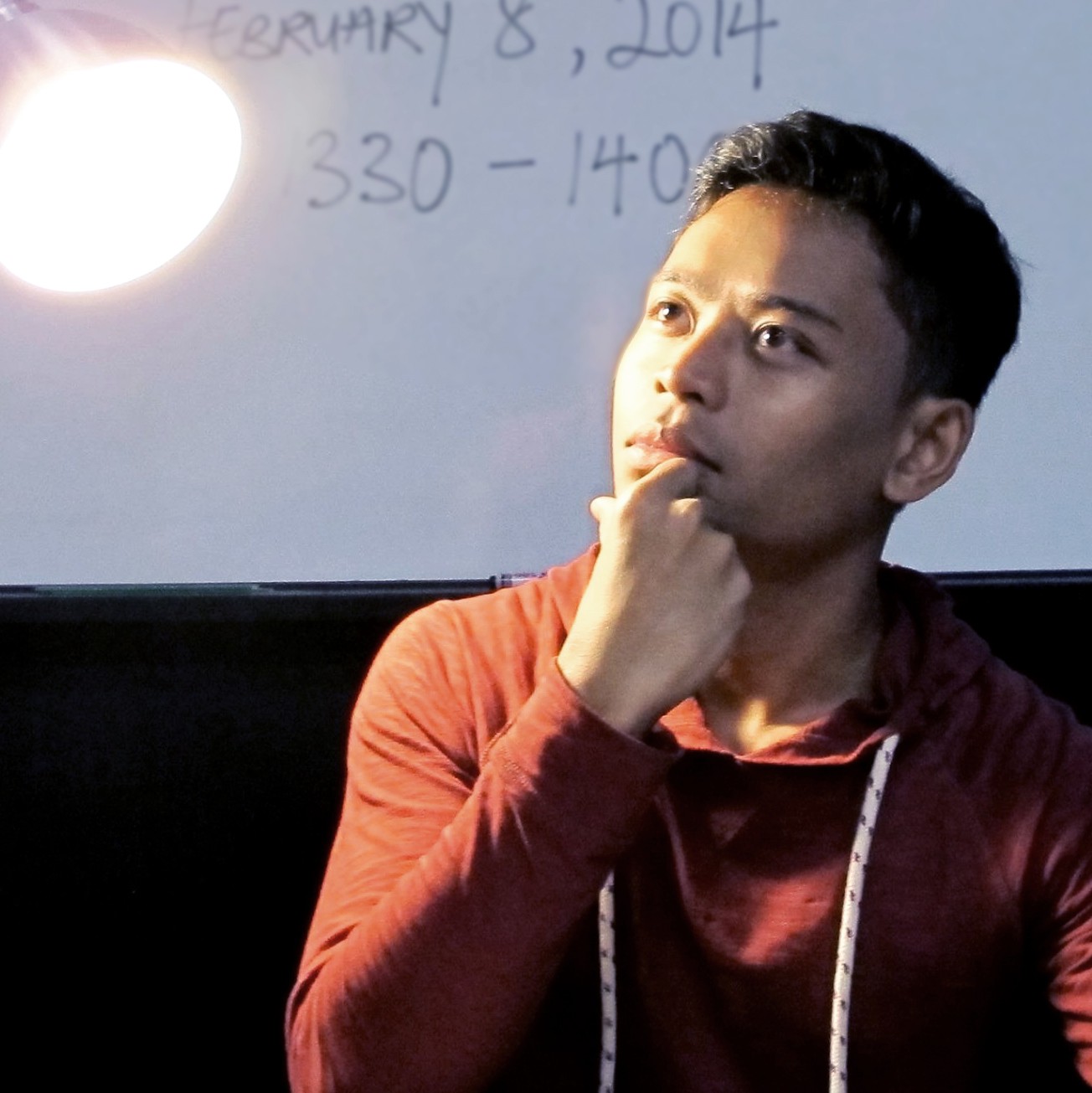
OPTIMIZATION OF PARENTING, PART 2
It was an incredible experience at the Human+ exhibition held at the ArtScience Museum. They displayed an array of inventions, innovations and installations that pushed concepts and ideas that we thought would only exist in the science-fictional world. From physical augmentations to emerging technologies, and even genetic and body modifications, the projects explore future possibilities for humans in terms of survival, social interactions, and artistic expression.
I was particularly drawn to a piece called ‘The Optimization of Parenthood, Part 2‘, done by artist and mother Addie Wagenknecht. It consists of a robotic arm that substitutes the role of a parent by rocking the cradle every time it hears the baby cry.

Photo taken from the ArtScience Museum
 Photo taken from the ArtScience Museum
Photo taken from the ArtScience Museum
What I find most interesting about this robot is that it came from a simple idea of tackling an issue that most parents, especially mothers, have go through when it comes to caring for their infants while having to balance work and other activities. Wagenknecht’s concern came from how artists like her, who are mothers too, could possibly lose the creative practice they have earned when they get too preoccupied in raising their babies. This machine not only eases the job of the parent, but also helps the crying child to put them to sleep in a consistent, time-efficient and effective manner.
Beyond just being a tool, I feel that this robot is a small step in eliminating the social stigma that women get when they choose to work instead of staying at home to take care of their children and their household. This invention could pave the path for more innovations in the future that would substitute many other tasks in parenting that consumes too much time and effort.
Imagine having robot nannies taking over the job of parents while they focus on their careers and continue to build a better home for the family. Life would be so much easier and the pressure of raising a child would be lighter. However, even with the most complex designs and advances in technology, there are always margins for errors in AIs and machines which could do more damage than good, and put us all at a disadvantage.
So where do we draw the line? How far do we go to replace human abilities with artificial ones? And could we trust these machines enough to progress to a better future for our species? Those were the questions that popped into my head when I was going through the exhibition. And frankly, even though I am all for future innovations in technology, I do fear the extents that they could surpass.
Here’s a video showing how the robot arm works:
